Introduction
Senokot, also known as Senna, can be used for the treatment of constipation. Senokot should be used only after a consultation with a doctor. A person always has to take the medicine, he is directed to by the doctor. Senokot cannot replace the medication.
Many Senokot supplements can be found in pharmacies, but care has to be taken regarding their usage and dosage. The dosage is always attached to the product so a person should never take more than prescribed on the product labels. It is not recommended for use for longer than one week.

Usage
The most important thing to remember is to seek a doctor's help when considering the use of Senokot. The doctor can give information on reliable Senokot herbal or other health supplements. The symptoms can wear off after some time, but if they do not, the doctor should be familiar with the symptoms and the present state of his patient using Senna. Unless prescribed by the doctor, tablets and liquids or some other Senokot forms are not to be used at the same time.
Always stick to one form of Senokot supplements. Two different Senokot supplements can cause more problems and produce numerous side effects. Senokot needs 6 to 12 hours to show its efficacy, thus the best time for taking it is immediately before bedtime. In the morning, the bowel is emptied and the constipation problem gradually lessens.
A doctor or a pharmacist warns the patient who wants to use Senokot of any possible limitations the patient should adhere to. The patient may be advised on which food or drinks to avoid and how to conduct himself in the case of missing the dose or overdose. If a person misses one dose of Senokot, he or she should not take it if the time for the next dose is near.
Skip the missed dose and then take the other. Senokot should never be taken in double doses due to possible side effects.
Side Effects
Senokot can trigger allergic reactions manifested in the skin rashes, swollen face, arms or legs, but also tongue. Swollen tongue and throat cause heavy breathing so emergency help is needed as soon as possible. Other side effects include diarrhea and painful stomach, frequent urination, and nausea. The urine may change color and have an unpleasant smell, the person is likely to pass gases and have cramps.
A person will probably feel pains in the muscles and joints and experience the feeling of uneasiness and numbness in the arms or legs. Sometimes toes and fingers may swell. Senokot may also lead to irregular heart beating. It can also lead to the forming of the mass, bezoar, in the small intestines and cause finger clubbing.
- We performed a literature review (MEDLINE, PUBMED) using the keywords of Senna, sen, sennosides and children, and pediatric and functional (idiopathic) constipation. We looked for articles with information regarding perineal blisters related to Senna as well as other secondary effects of Senna laxatives in children when used on a long-term basis. We also reviewed the charts of our patients who had previously taken Senna or are currently taking Senna, looking for adverse reactions.
- Eight articles in the literature reported perineal blisters after administration of Senna laxatives in 28 patients. Of those occurrences, 18 patients (64%) had accidental administration of Senna and 10 (36%) had Senna prescribed as a long term treatment. All of the blistering episodes were related to high dose, night-time accidents, or intense diarrhea with a long period of stool to skin contact.
- At our institution, from 2014 to 2017, we prescribed Senna and have recorded data to 640 patients. During the study period, 17 patients (2.2%) developed blisters during their treatment. Patients who developed blisters had higher doses 60mg/day; 60 [12-100] vs. 17.5 [1.7-150] (p
- There were no other long-term side effects from Senna found in the pediatric literature for long-term treatment besides abdominal cramping or diarrhea during the first weeks of administration. We found no evidence of tolerance to Senna in our review.


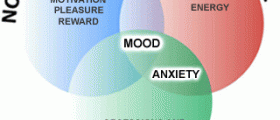
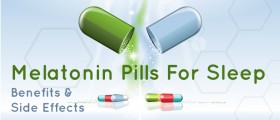





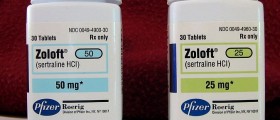



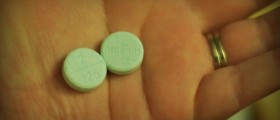
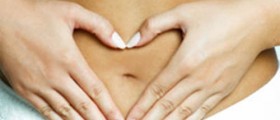


Your thoughts on this
Loading...